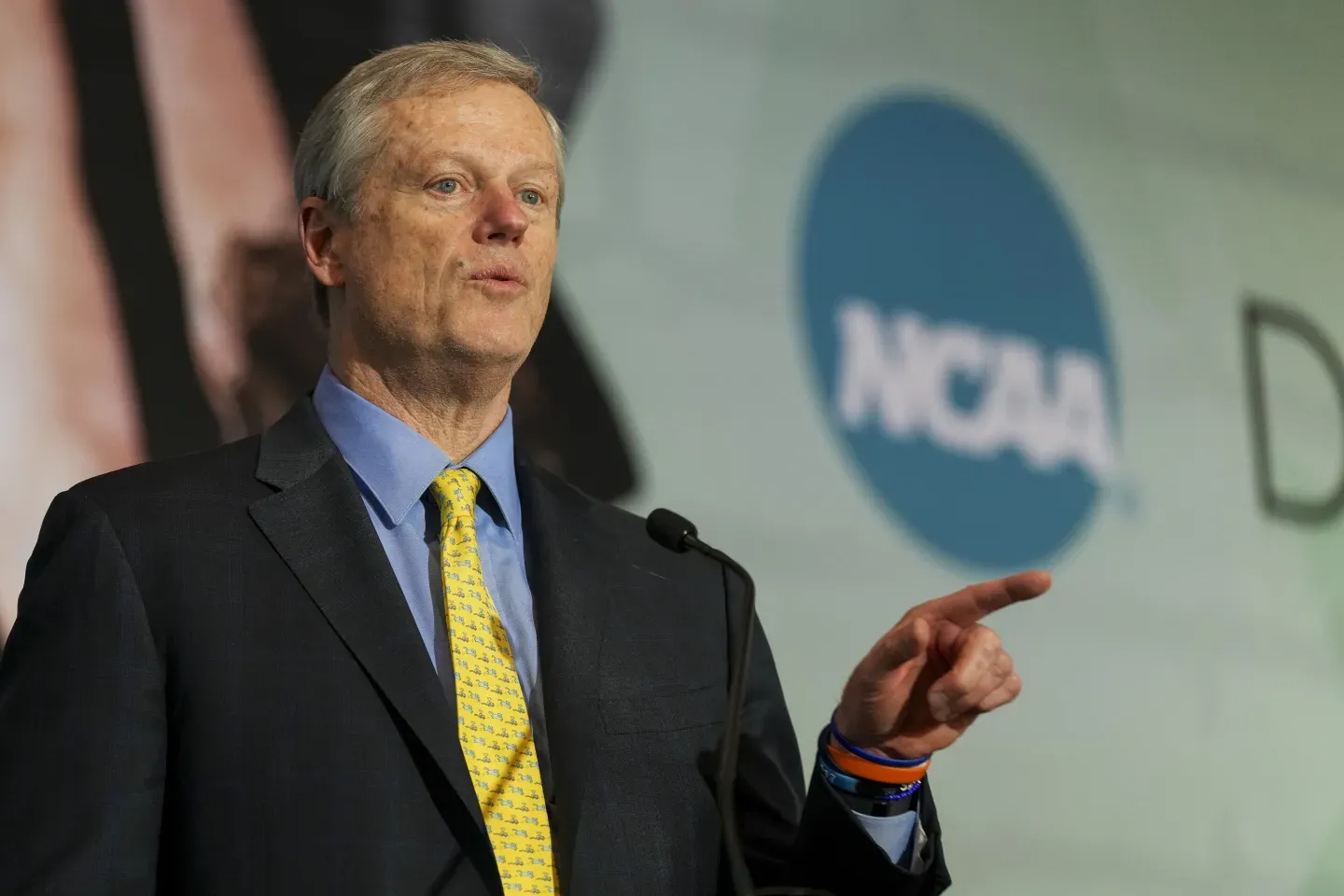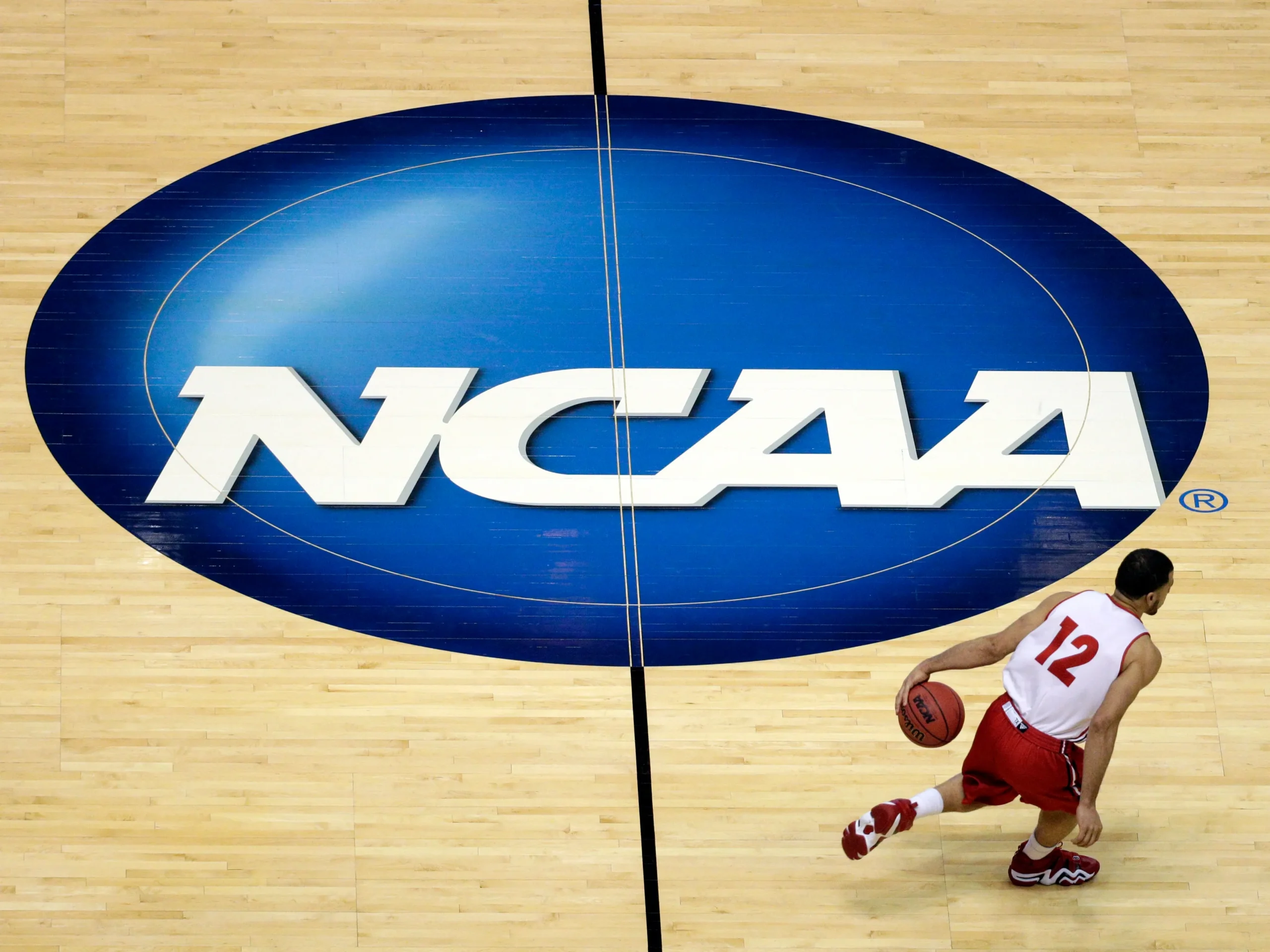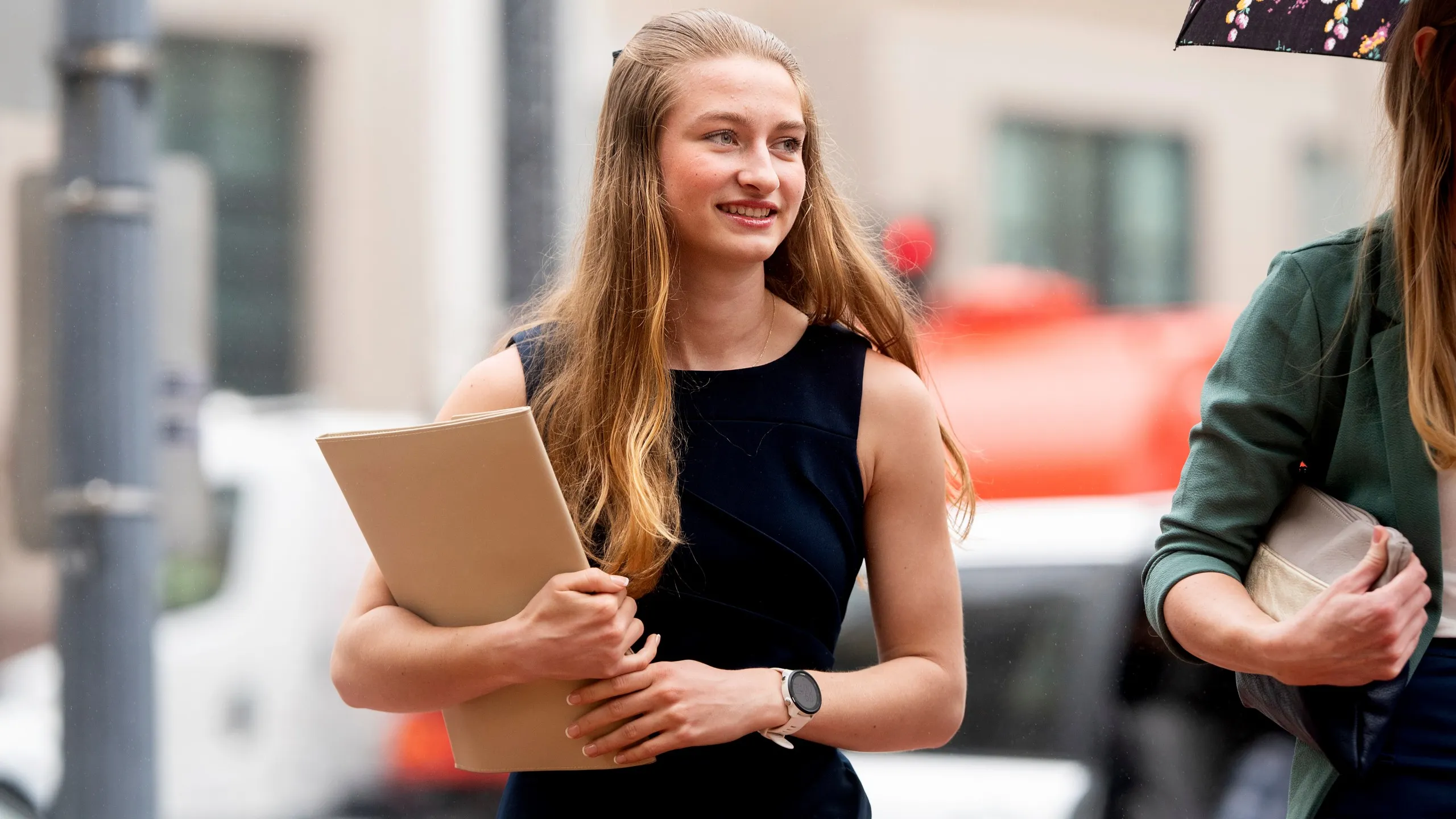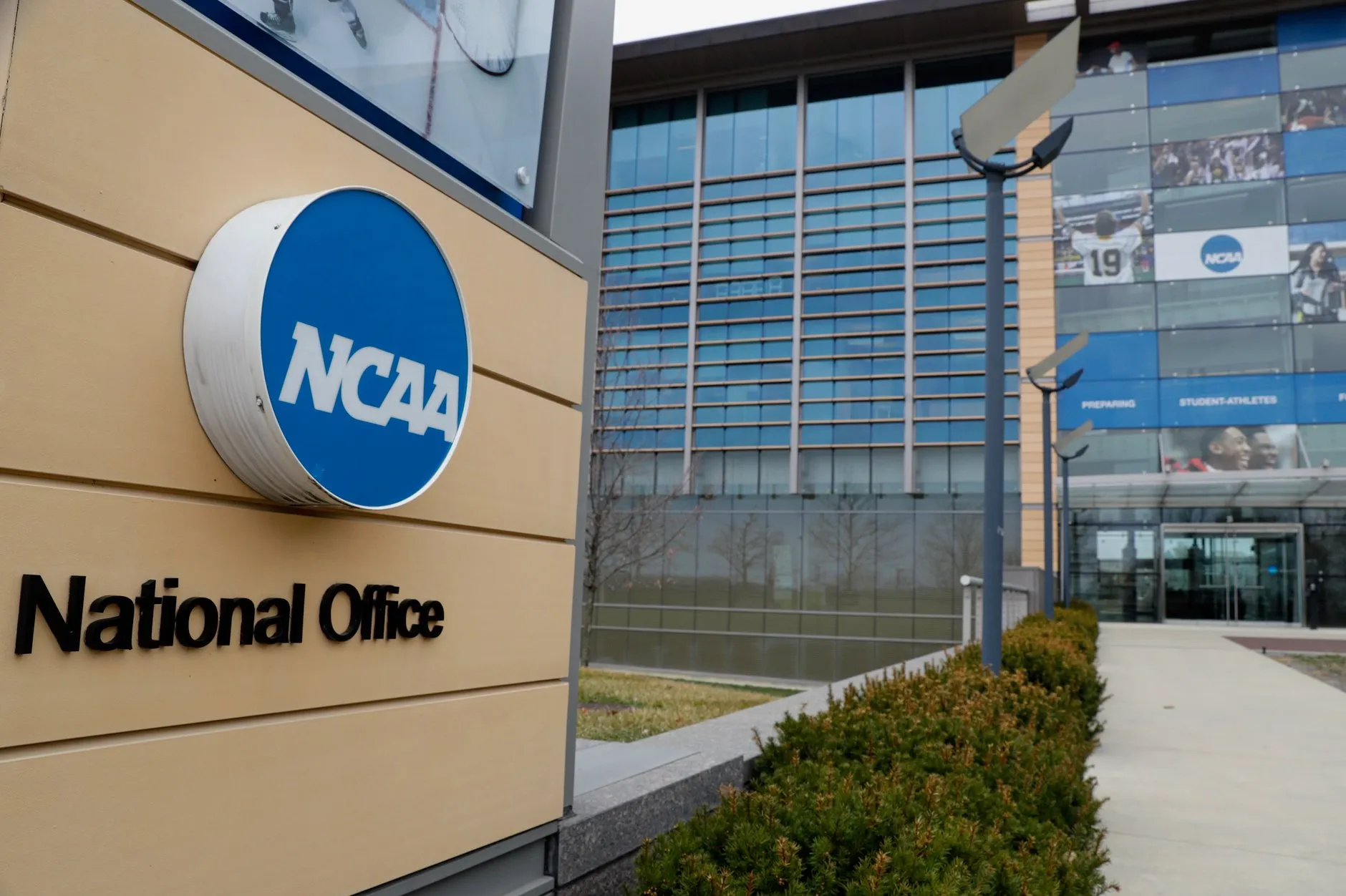On Monday, U.S. District Judge Claudia Wilken presided over a critical hearing that could reshape the future of college sports. The proposed settlement between the NCAA, Power Five conferences, and athletes, aimed at addressing antitrust violations related to athlete compensation, encountered several concerns that may delay its final approval. Despite initial optimism, Wilken stressed that significant adjustments were necessary before she could grant her stamp of approval.

A Settlement With a $2.8 Billion Price Tag Faces Major Revisions
The $2.8 billion settlement was designed to compensate current and former athletes, as well as their lawyers, over the next decade. Under the terms, Division I schools would be allowed to pay athletes directly for the use of their name, image, and likeness (NIL), starting July 1. However, the proposal has raised a series of complex legal questions that Judge Wilken believes must be addressed before it can move forward.
During the hearing, Wilken commented that she sees merit in the settlement but emphasized that the parties involved would need to work on resolving several key issues. “See what you can do about all these issues. Basically, I think it’s a good settlement — don’t quote me on that — but it is worth pursuing (how) to fix them,” she said, urging the parties to go back to the drawing board.
The Future of Athlete NIL Deals at Stake
One of the most contentious points of discussion was the way NIL deals would be evaluated for athletes working with third-party entities. While the settlement allows athletes to strike NIL deals outside of their schools, it includes a clause that mandates a review process for agreements worth more than $600. Wilken expressed concern that this process could potentially harm athletes, particularly in terms of competition for their NIL services.
Rakesh Kilaru, attorney for the NCAA and the conferences, defended this provision, arguing that it was necessary to prevent athletes from circumventing the cap on direct NIL payments. However, Wilken was unconvinced and asked for a more robust explanation of how this rule would benefit athletes without stifling competition.
The Dilemma of Roster Limits and Athlete Rights
Judge Wilken also raised concerns about the proposed roster limits, which would be implemented in place of the current scholarship limits. While the settlement allows for the possibility of reducing the size of athletic rosters, Wilken suggested that this could unfairly impact current athletes who may lose their spots under the new rules.
Her suggestion? To “grandfather” in current athletes, allowing them to retain their roster spots as a gesture of goodwill. Wilken remarked that this move would resolve much of the “sturm und drang” — the emotional turmoil — associated with the changes.

Despite her suggestion, Kilaru pushed back, arguing that roster limits were essential to the long-term benefits of the settlement. He argued that eliminating scholarship caps and replacing them with roster limits would foster increased competition, which he viewed as a positive development for athletes overall. However, Wilken remained skeptical, noting that it would be important to ensure fairness for athletes who may be directly impacted by the change.
Judge Questions Legal Protections for Future Athletes
One of the most pressing issues raised during the hearing was the legal protection afforded to future college athletes. Wilken questioned whether it was lawful to bind athletes who are not yet part of the system to the terms of the 10-year settlement. The plaintiffs’ lawyer, Jeff Kessler, reassured the court that future athletes would still have the right to raise objections in court and would be made aware of the agreement through annual notifications.
However, Wilken seemed unconvinced, expressing concern about whether the rights of future athletes could be adequately protected under such an arrangement. This legal complexity could pose a significant obstacle to the settlement’s final approval.
The Role of Title IX and Gender Equity Concerns
Another significant challenge emerged from the objectors, particularly concerning gender equity under Title IX. Critics argued that the proposed settlement disproportionately benefits male athletes, especially in high-revenue sports like football and basketball. They raised concerns that the settlement’s allocation of damages, which heavily favors these male-dominated sports, fails to meet the requirements for gender equity mandated by Title IX.
Olivia Dunne, a viral LSU gymnast, voiced her dissatisfaction with the damages distribution, claiming that the settlement doesn’t adequately account for the value lost by athletes like herself. “This isn’t just a personal detail, but a warning sign,” Dunne said, emphasizing the need for a more fair and transparent compensation structure.
Voices of Concern: Athletes Speak Out
Throughout the hearing, several athletes voiced their concerns directly to the court. High school runner Gracelyn Laudermilch shared her frustration over the potential loss of a roster spot due to the proposed limits. “No one can explain why roster limits are good for anyone,” she said emotionally, addressing the court without legal representation.

Similarly, Utah swimmer Gannon Flynn criticized the roster limit proposal, noting that over 5,300 athletes would lose their spots under the new guidelines. His comments highlighted the far-reaching impact these changes could have on athletes across the country.
What’s at Stake: A Landmark Settlement for College Sports
As this case unfolds, the future of college sports and the way athletes are compensated hangs in the balance. The settlement, which includes provisions for the payment of nearly $2.8 billion in damages and a complete overhaul of roster and scholarship limits, is poised to drastically change the landscape of college athletics. However, before it can be finalized, Judge Wilken’s concerns must be addressed, and the parties involved will need to engage in further negotiations to ensure the settlement is fair and legally sound.

I am a writer with a passion for technology and gaming. I write about a variety of subjects, including Esports, Games, Shows, and Sports. I create engaging and informative content for Hiptoro.

